Wanna know some mind-blowing facts about math? Then this post is for you. Mathematics has a love-hate relationship with most of us. Some of us like it while others are not that much. But we have to admit that math is fundamentally attached to our thought and logic.
Humans have been using mathematical concepts since ancient times. And, in this post, we have brought to you 25 fascinating facts about calculus.
And while we know that some people will likely just skip these all facts about math and say it’s a waste of time, some math heads will just love it.
25 Fun Math Facts
1. Hundred

The ‘Norse’ was a North Germanic language. And it was spoken in Iceland, Scandinavia, Greenland, and even some parts of Russia.
It is known as the language of the Vikings. The English word ‘Hundred’ actually originated from a Norse word ‘Hundrath’, the Norse word ‘Hundrath’ means 120, not 100.
2. Most Ancient Mathematical Texts

People are using mathematics from ancient times. According to archeologists, the earliest known records of mathematical texts were found in Egypt and Mesopotamia.
These texts were from 2000 to 1800 BC. However, those texts don’t mention any of the modern era mathematics. But the mathematical concept was there.
3. The Babylonians and Mathematics

First, the Babylonians and the Egyptians started to use complex mathematics like algebra, arithmetic, geometry, etc. in the first place. However, it was not until 3000 BC.
The Babylonians also used basic arithmetic like addition, multiplication, subtraction, and division since 3000 BC. It is known that they had a numeral system and also developed a place-value system during that time.
4. The Pythagorean Theorem
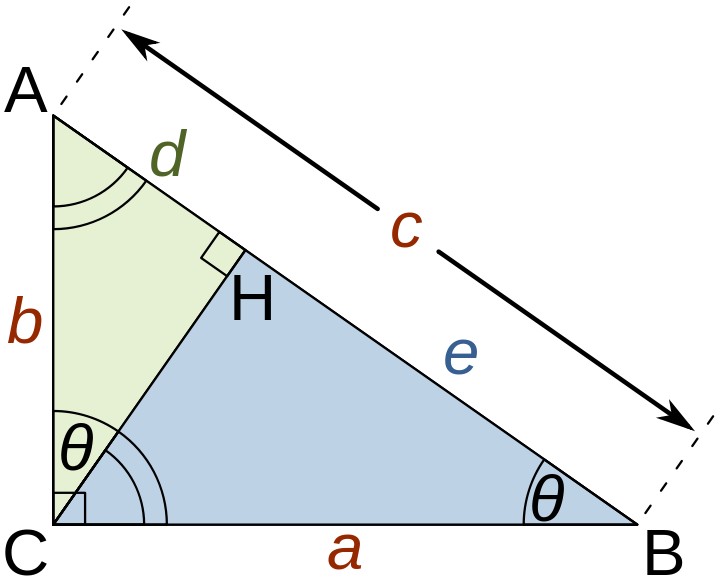
All of you should already be familiar with the ‘Pythagorean Theorem’. Interestingly, according to historical records, this might be the oldest complex mathematical development in the world.
Many researchers suggest that the Babylonians used this rule even about a thousand years before Pythagoras was born.
Similarly, mathematicians in many other parts of the world were also using the ‘Pythagorean Theorem’. As a result, there is still a debate whether the theorem was discovered many times in various places or it was discovered once at a single location.
5. Ancient Greece and Mathematics

Ancient Greece was a place where mathematics flourished during the 7th or 6th century BC.
It was the Pythagoreans ( the followers of Pythagoras ) that started to integrate mathematics on their daily life. There were a lot of mathematicians in ancient Greece. Some of the notable ones are:
- Apollonius of Perga: He developed the ‘Conic Sections’
- Diophantus of Alexandria: He introduced some basic algebra
- Hipparchus of Nicaea: He is known as the founder of Trigonometry
6. The Greatest Mathematician of the Ancient Times
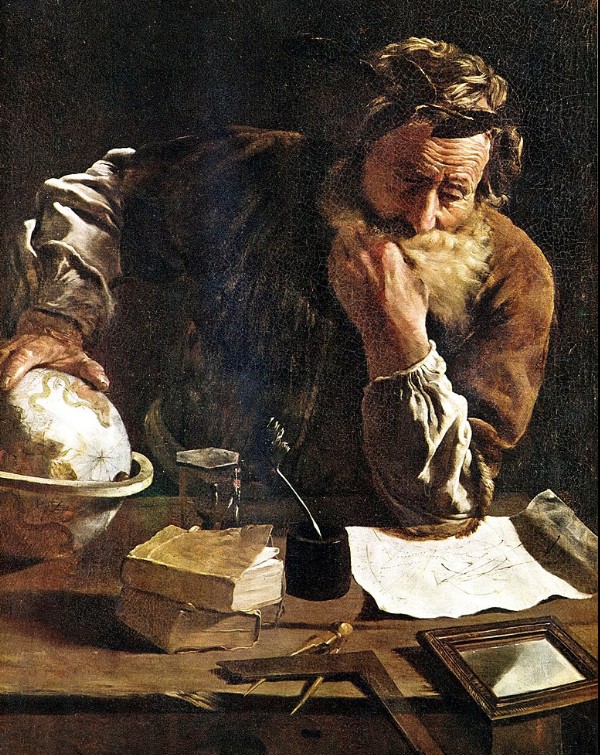
We have just talked about some of the most famous mathematicians from ancient Greece. But it was ‘Archimedes of Syracuse’ or ‘Archimedes’ who is considered as the greatest mathematics of the ancient times.
He was also from ancient Greece. Archimedes was one of the first in applying math to physical phenomena.
It is also known that he was the first to calculate the volume and surface area of solids using the method of exhaustion.
This method was very similar to modern-day calculus. He also derived an accurate approximation of Pi (π).
7. Mathematics as a Subject to Study
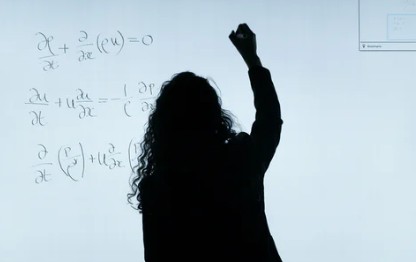
Right now, mathematics is a well-established subject of study everywhere in the world. However, Mathematics was not a subject of study until 600 BC.
Before that normal people in society would not use mathematics. This subject was studied by only a handful of scholars.
From various records, we can conclude that it was the Pythagoreans in ancient Greece who started studying mathematics as a separate subject in its own right.
After that gradually, they have developed numerous mathematical rules, theories, and methods. Some of them are still used to this day.
8. Euclid and Mathematics
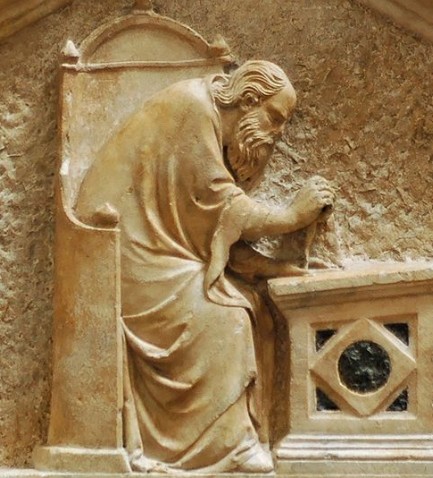
Euclid was another famous mathematician from the ancient Greek era. His textbook named ‘Elements’ regarding mathematics is regarded as the most influential and successful textbook of all time.
He actually introduced the ‘axiomatic system’ that is still in use today that consists of axiom, definition, proof, and theorem. Due to this, he is known as the ‘father of Geometry’.
9. Indian Mathematics

Many Indian mathematicians also played vital roles in developing the subject mathematics.
They introduced the idea of an early form of infinite series that was used for over centuries. One of the most notable contributions of Indian Mathematics is the modern/current approximation and definition of sine and cosine.
There are some other noteworthy contributions of Indian mathematicians which we will be talking below in separate sections.
10. Islamic Mathematics
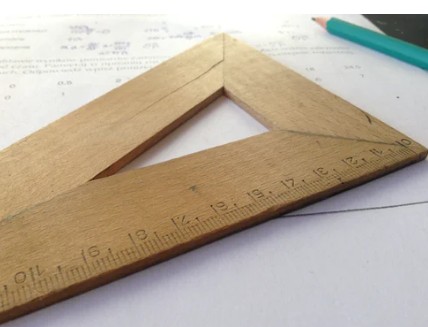
The ‘Golden Age of Islam’ is referred to as the period from 800 to 1400 AD. Many Islamic scholars and mathematicians have improvised mathematics to a greater extent during the ‘Golden Age of Islam’.
One of the most significant achievements of Islamic mathematics was the development of ‘Algebra’.
Islamic mathematicians improved spherical trigonometry as well. They also added decimal points to the Arabic numeral system. Some of the famous Islamic Mathematicians are:
- Mūsā al-Khwārizmī: He is considered as the father of ‘algebra’. His name is the origin of the terms ‘algorithm’, ‘algarismo’ and ‘guarismo’.
- Omar Khayyam: He has contributed to the solution and classification of cubic equations. He also contributed to the understanding of ‘Parallel Postulate’, or ‘Parallel Axiom’.
- Sharaf al-Tusi: He is known for introducing the idea of a function and algebraic geometry.
11. Mathematics in the Modern Period

Mathematics had started to develop rigorously during the early modern period. Here are some of the remarkable achievements in mathematics in the modern period.
- Isaac Newton and Gottfried Leibniz has developed modern calculus in the 1700 AD
- Leonhard Euler contributed in graph theory, infinitesimal calculus, analytic number theory, topology, and so on during the 18th century
- Carl Friedrich Gauss is known for contributing in various fields of mathematics like analysis, algebra, matrix theory, differential geometry, statistics, and more in the 19th century
- Kurt Gödel is known for publishing his ‘incompleteness theorems’ in the early 20th century
12. The Word Mathematics
The English word ‘Mathematics’ comes from the Ancient Greek word ‘máthēma’. And ‘máthēma’ loosely translates to ‘study’ or ‘science’. However, in modern English until around the 17th century, the word ‘Mathematics’ actually meant ‘Astrology’.
Over time, the meaning gradually changed to its current form. The shortened form of the word ‘Mathematics’ is ‘Math/Maths’. In many parts of the world, the shortened form is usually used to refer to mathematics.
13. Use of Mathematics in Ancient Times
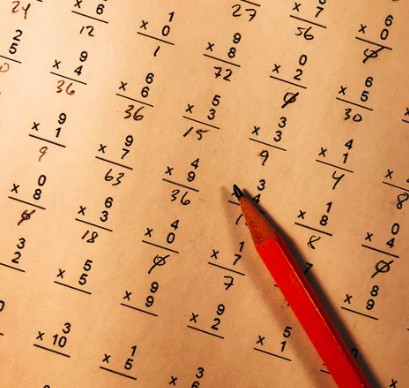
Nowadays, mathematics has a wide range of applications. However, in ancient times, people would use math for trading, measuring lands, recording numbers, documenting quantities, counting physical objects, and more.
The ancient humans would use tallies to count. For instance, the ‘Ishango bone’ is one of the oldest known tally sticks found ever. According to research, this might be from 18,000 to 20, 000 BC.
14. Mathematics in Modern Time
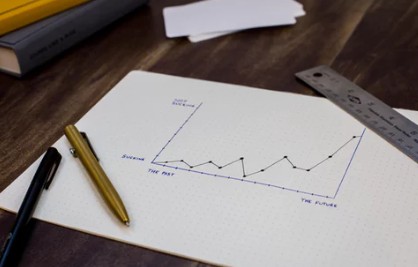
Unlike ancient times, Mathematics is a part and parcel of our life right now. There is a myriad of applications of math.
At the same time, mathematics is a very broad subject. Matter of fact, this subject can be divided into numerous subdivisions such as algebra, arithmetic, analysis, geometry, number theory, and more.
Mathematics is also closely related to different fields of science. In fact, Carl Gauss, one of the most prolific mathematicians in the modern era, referred to math as ‘The Queen of the Sciences’. Simply put, without Mathematics, science wouldn’t flourish to its current state.
15. Googolplex
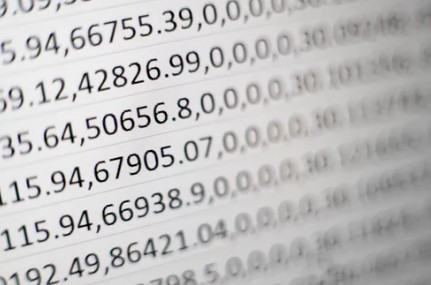
Do you know what is ‘Googolplex’? To know that you have to know about ‘Googol’ at first. Keep in mind that we are not talking about ‘Google’ here.
For your information, a ‘Googol’ is a big number that is 10^100. If you had to write this down in decimal notation, then you would have to write the digit 1 and then put 1 hundred zeros after the digit 1.
Now, ‘Googolplex’ is another large number that is equal to 10^googol. If you would have to write this in decimal notation, then you would have to write the digit 1 and then put 10^100 zeros after that.
This is so large that it is unimaginable. For your convenience, we will provide an analogy here.
If we print a typical 400-page book with only zeros on it. Then this book could contain about 10^6 zeros (50 zeros per line, 50 lines on each page).
Let’s say each of these books weighs about 100 grams. Based on that, the total weight of all the books to write ‘Googolplex’ would be about 10^93 kg.
Whereas the mass of the observable universe is approximately 1.5 x 1053 kg. In comparison, the mass of all the books to write ‘Googolplex’ would be a lot higher than the mass of the observable universe.
That means, it is impossible to write this number physically, as you would need more space than the observable universe to write this number.
16. Forty and One

Do you see any patterns in the words ‘FORTY’ and ‘ONE’? Here’s the thing, the word ‘FORTY’ has all the letters to spell the word itself in the alphabetical order. And, it is the only number you can spell this way in English.
Also, to write the English word ‘ONE’, you would need to write the letters in the reverse alphabetical order. Similarly, ‘One’ is the only number that is spelled in English using the letters in reverse order.
17. Palindromic Number
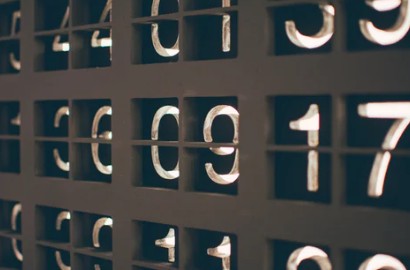
To put it simply, a palindromic number is a particular number that is the same whether you write it forward or backward.
Or, you could also say that Palindromic numbers are the number that read the same forward or backward. For example, 12321 is a Palindromic number.
Now, the digit 1 has a unique relationship with Palindromic numbers. That is if you multiply any particular number that has only the digit 1 in it with the same number, you will always get a Palindromic number. For instance
- 1 x 1 = 1
- 11 x 11 = 121
- 111 x 111 = 12321
- 1111 x 1111 = 1234321
18. Four
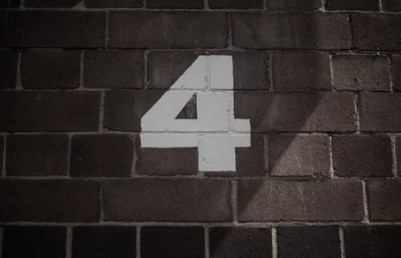
You might have noticed that to write 4 in English, we use 4 letters that are F-O-U-R. Interestingly, there is not any other number that can be spelled using the same number of letters as the number itself. Let’s try to spell 6 in English: S-I-X. See? To write 6, you need only 3 letters, not 6.
19. From 1 to 1000
The letter ‘A’ is the first letter in the English alphabet. You might think that it is one of the most commonly used letters. But, for your information, there is only one number from 0 to 1000 that has the letter ‘A’ in it, if you are going to spell them in English.
That is ‘One Thousand’ or 1000. Yes, from 0 to 1000, only the number ‘One Thousand’ needs the letter ‘A’ to be spelled in English. Interesting, isn’t it?
20. Zero is not the Roman Numerals

Most of us should be familiar with Roman Numerals. Here are some examples of Roman numerals: I (1), II (2), V (5), X (10). But there is a difference between Roman numerals and other numerals.
And, that is that there is no zero in the Roman numerals. As you can see the numerals start at 1, not 0. To be noted, the Romans actually had the concept of zero.
They thought it was useless as it doesn’t add or subtract any value from any equation.
21. The Introduction of Zero
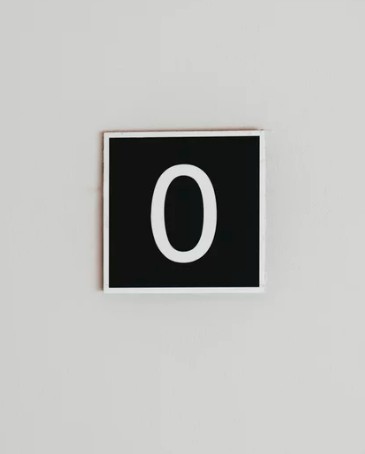
The concept of zero was there since the beginning of mathematics. But it was not used as a number in mathematics from the start.
Many theories suggest that the idea of zero first turn up in Mesopotamia in 3 B.C. The ‘Mayans’ are also credited for discovering zero independently around 4 AD.
However, the most commonly believed theory is that ‘Brahmagupta’, an Indian astronomer and mathematician, actually used zero as a number in computation.
He also provided many rules to compute using zero in his textbooks that are almost similar to our modern understanding of zero.
22. Is Zero Even or Odd?

There have been many theories on whether zero is even or odd. Some say it is an even number, whereas some say it is an odd number.
There are some that propose that zero is neither an even nor an odd number. However, the correct answer is that zero is an even number.
23. Hindu-Arabic Numeral System
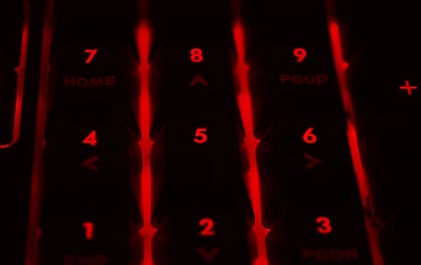
Normally, we write numbers using the combination of 10 digits from 0 to 9. And this numeral system is known as the ‘Hindu-Arabic Numeral System’.
Right now, this is the most widely used system of numerals all around the world. ‘Aryabhata’ and ‘Brahmagupta’, two of ancient India’s prominent mathematicians, are credited for inventing this numeral system.
Among them, Aryabhata invented the place value notation system. And as previously mentioned, ‘Brahmagupta’ introduced the symbol of zero and included zero as a number in its own right.
During that time, India was involved in trading with many Arabic countries. As a result, this numeral system developed by the Indians spread to the Islamic Mathematicians gradually.
Later, this numeral system was introduced to the Western countries by the Arabs. The western mathematicians modified the symbols a bit and called them Arabic numerals.
Because they learned these numerals from the Arabs. For that reason, this numeral system is known as the ‘Hindu-Arabic Numeral System’.
24. 6 Weeks in Seconds

Do you know how many seconds are in 6 weeks? Let’s calculate
- 6 weeks x 7 days= 42 days
- 42 days x 24 hours= 1,008 hours
- 1,008 hours x 60 minutes= 60,480 minutes
- 60,480 minutes x 60 seconds=3,628,800 seconds
That means, 6 weeks is equal to 3,628,800 seconds. But, do you know that if you multiply each digit from 1 to 10 with each other, you will get the same result?
So, bring out calculator app on your phone or PC, and enter this equation, 10 × 9 × 8 × 7 × 6 × 5 × 4 × 3 × 2 × 1 = ?. Believe it or not, the answer would be 3,628,800.
25. The Longest Mathematical Proof
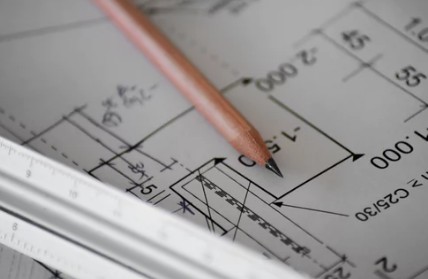
‘Proof’ is very vital in mathematics. We know that basic math problems can be proved in just a few pages.
However, there are many mathematical problems that need a lot more than that. And, those are known as the unusually long mathematical proofs.
Interestingly, the longest mathematical proof as of now is said to be 15 thousand pages long. It is the ‘Classification of finite simple groups’ theorem.
About 100 mathematicians contributed to this proof. And it took about 49 years (from 1955 to 2004) to get to this proof.
Closing Thoughts
The application of mathematics is everywhere in our world. Even if you don’t like mathematics or math is boring to you, we hope these facts were intriguing to you.
To keep things interesting, we have tried to include both historical and technical bits of info.
If you have liked the post, you can share it with others. Additionally, you can read our post on some scary facts about Space.
